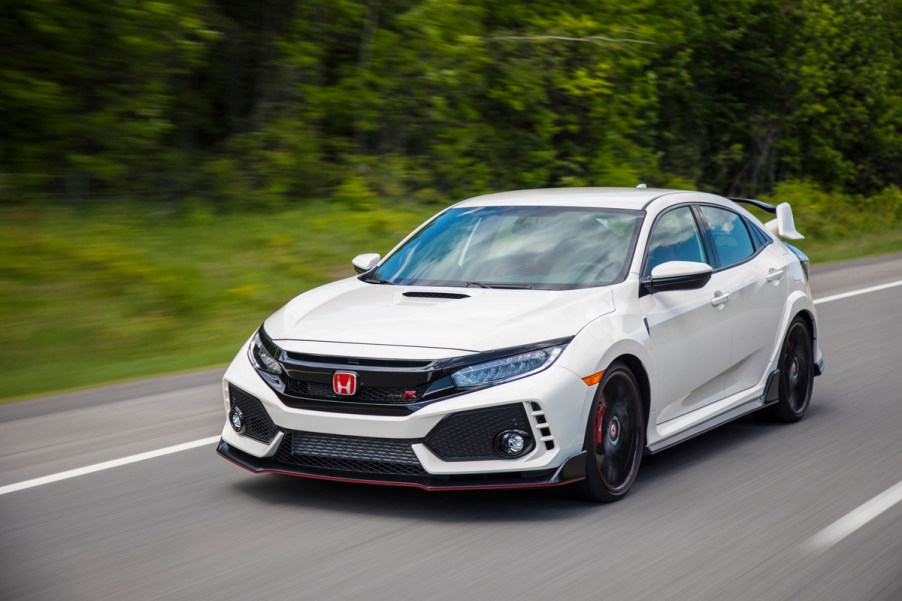
Five Things You Shouldn’t Do in a Car with a Manual Transmission
While driving a stick-shift, there are several tips-and-tricks to get the best performance and better longevity from these vehicles. There are also challenges when using a manual transmission as opposed to other issues common with an automatic transmission. One of the struggles some drivers face is when attempting to drive up a steep hill after the car has come to a complete stop.
This video from Engineering Explained showcases the five things drivers shouldn’t do with a manual transmission. Some are bad habits and others are best practices to extend the life of this type of transmission along with associated clutch components.
1. Avoiding a rest
The video is quick to point out drivers should refrain from using the stick shift lever as a hand-rest. Instead, it’s recommended operators perform their shifting process and return their hand to the steering wheel. This added weight onto the knob no matter how slight will cause unnecessary wear-and-tear on the gear forks located inside the transmission. This advice is often listed in the manufacturer-supplied owners’ manual and drivers are able to locate and download this documentation according to a list provided by Edmunds.
2. Out of gear
When coming to a stop at a traffic signal, drivers need to take the car out of gear and disengage the clutch while waiting for the light to change. The reasoning behind performing this maneuver is that the pressure plate contains a diaphragm spring and releasing the clutch allows the throwout bearing to achieve less pressure applied to the unit while it’s in gear. This will help to alleviate unnecessary wear on the bearing along with other parts of the clutch and transmission.
3. The hill maneuver
As mentioned previously, one of the biggest challenges when operating a manual transmission is climbing a steep hill after stopping. Attempting to feather the clutch and gas simultaneously to hit that exact spot where forward motion occurs is literally burning up these parts due to excessive friction. Since we’re not leaving the car in gear when we’re stopped, there are two or three other options available:
- Many newer models are equipped with auto-hold brake-hold or hill-start assist features which will keep the vehicle in place when the driver manually removes their foot from the brake pedal.
- If the hill isn’t particularly steep, the regular method of acceleration from a stop is acceptable.
- However, if the incline is at a more intense angle especially with a vehicle located to the rear, drivers should deploy the emergency brake to hold the vehicle in place before beginning the ascension.
After putting the car into gear, the e-brake is then slowly disengaged during the process of releasing the clutch while applying slow-and-steady pressure to the accelerator simultaneously. Drivers should feel a slight tug as a signal of when to begin releasing the emergency brake. Drivers are able to practice this technique in an empty parking lot or another area where there is little to no traffic.
4. Acceleration and RPM
Attempting a quick acceleration when driving in higher gears will put the car at a huge disadvantage in terms of the gears versus RPMs ratio. In other words, to gain momentum without bogging down engine performance it’s better to downshift first at higher RPMs to increase speed more efficiently. However, drivers are warned never to downshift so intensely as to exceed the redline and achieve RPM matching as outlined in another video from Engineering Explained.
5. Pedal rest
Drivers should avoid resting their foot on the clutch especially at highway speeds often implemented to coast down hills and increase fuel efficiency. When doing this, the clutch pedal may not be fully engaged which causes the plate to spin unnecessarily. Similar to the first two recommendations, this will reduce overall and unnecessary wear-and-tear on the clutch and transmission components.
All images provided by the manufacturer unless otherwise noted.


